25th October 2024
Flowers, trees, and other plants are undoubtedly beautiful – plus, many wildlife species, such as bees, rely on flowers to survive.
Unfortunately, however, there are lots of plants and bulbs that are toxic to our pets.
Let’s discover some of the plants that pose a risk to cats, and uncover the signs to look out for if a cat has encountered a poisonous plant…
What plants should cats avoid?
While it’s impossible to include a list of every plant that’s poisonous to cats, we’re focusing on 15 common plants that could be dangerous for your cat to encounter.
Some plants are toxic when ingested (swallowed), whereas others can cause a reaction if our feline friends simply brush past them.
Click the links below to learn more about a specific flower or plant:
- Daffodils.
- Lilies.
- Tulips.
- Bluebells.
- Foxglove.
- Ivy.
- Autumn crocus.
- Rhododendron.
- Holly.
- Mistletoe.
- Poinsettia.
- Hyacinth.
- Eucalyptus.
- Pine trees.
- Yew trees.
Remember: This is not an exhaustive list – please speak to a vet if you’d like to find out whether a plant is safe for your cat to be around.
Daffodils
Despite their cheerful yellow glow celebrating the arrival of spring, daffodils aren’t safe for cats. Not only are daffodil flowers toxic to cats, but the bulbs contain lycorine, which is known to cause serious heart and respiratory problems in pets.

Lilies
All types of lilies are extremely dangerous for cats. Every part of the lily plant is poisonous to a cat – including the flowers, leaves, pollen, bulbs, and even the water in a vase containing lilies! Sadly, lilies cause cats to suffer from rapid kidney failure, which might be fatal if not treated quickly enough.
If a cat interacts with a lily plant, or the water it’s kept in, they must be rushed to a vet immediately.

Tulips
The vibrant colours of tulip flowers bobbing in the spring breeze are a reminder that we’ve left winter behind. Though if you have a cat, it’s crucial that you don’t have tulips in your home or garden, since the entire plant is toxic if eaten. Even the smallest taste of a tulip petal could cause a cat to experience severe irritation of the mouth and throat, which could lead to breathing difficulties.
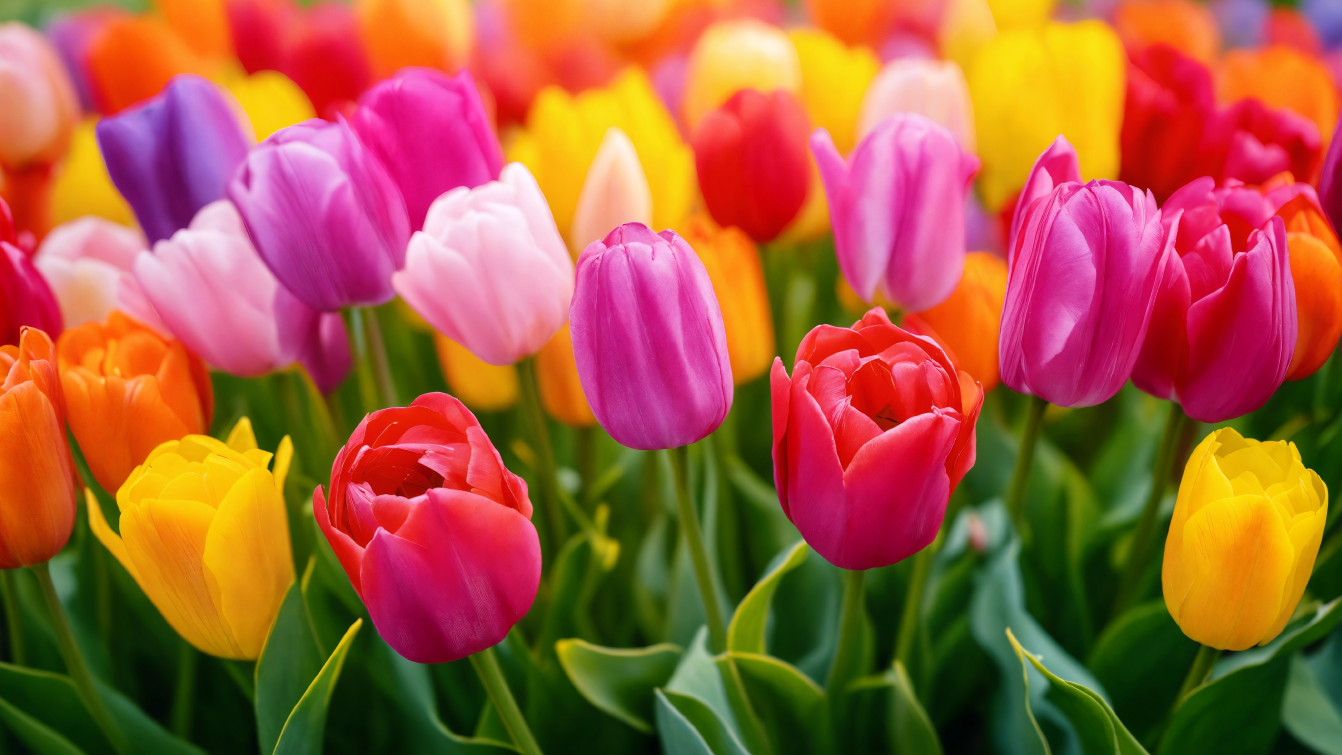
Bluebells
As enchanting as it is to see a carpet of bluebells decorating a forest floor, these spring flowers are sadly poisonous to both cats and dogs. Bluebells cause stomach problems if eaten by a cat, though contain a toxin that could cause heart problems in dogs, as well.
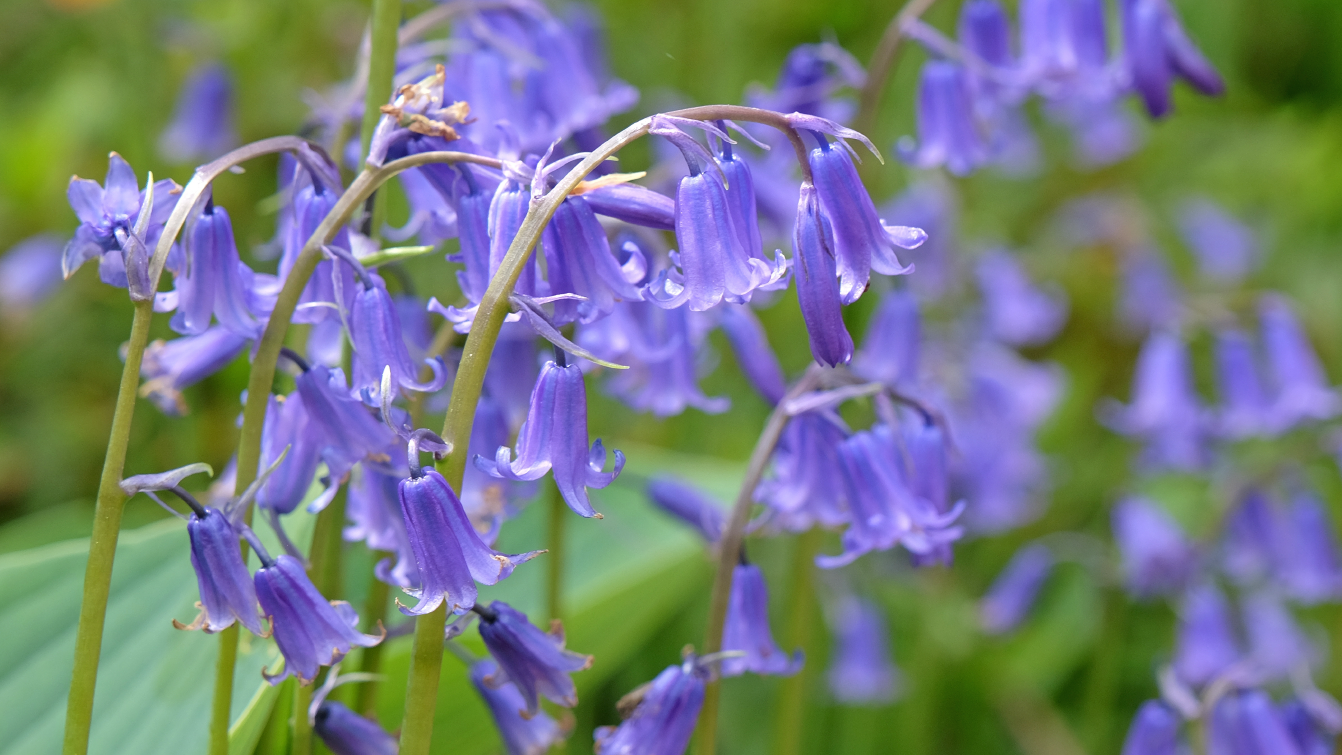
Foxglove
Although the bright purple shades of a foxglove flower indicate the start of summertime here in the UK, these pretty flowers are unfortunately highly toxic to pets (and people!). Foxglove plants contain cardiac glycoside toxins, which affect the heart. There’s no antidote for foxglove poisoning – so the quicker a pet is seen by a vet after ingesting part of a foxglove plant, the better their chances of survival.
Should your cat or dog eat any part of a foxglove plant, please rush them to a vet straight away.

Ivy
While ivy may look appealing as it winds its way around old buildings or stone walls, every part of the ivy plant is poisonous to cats. Whether they ingest a small amount of it or lick traces of it from their coat, cats risk stomach issues and skin irritation if they interact with an ivy plant.
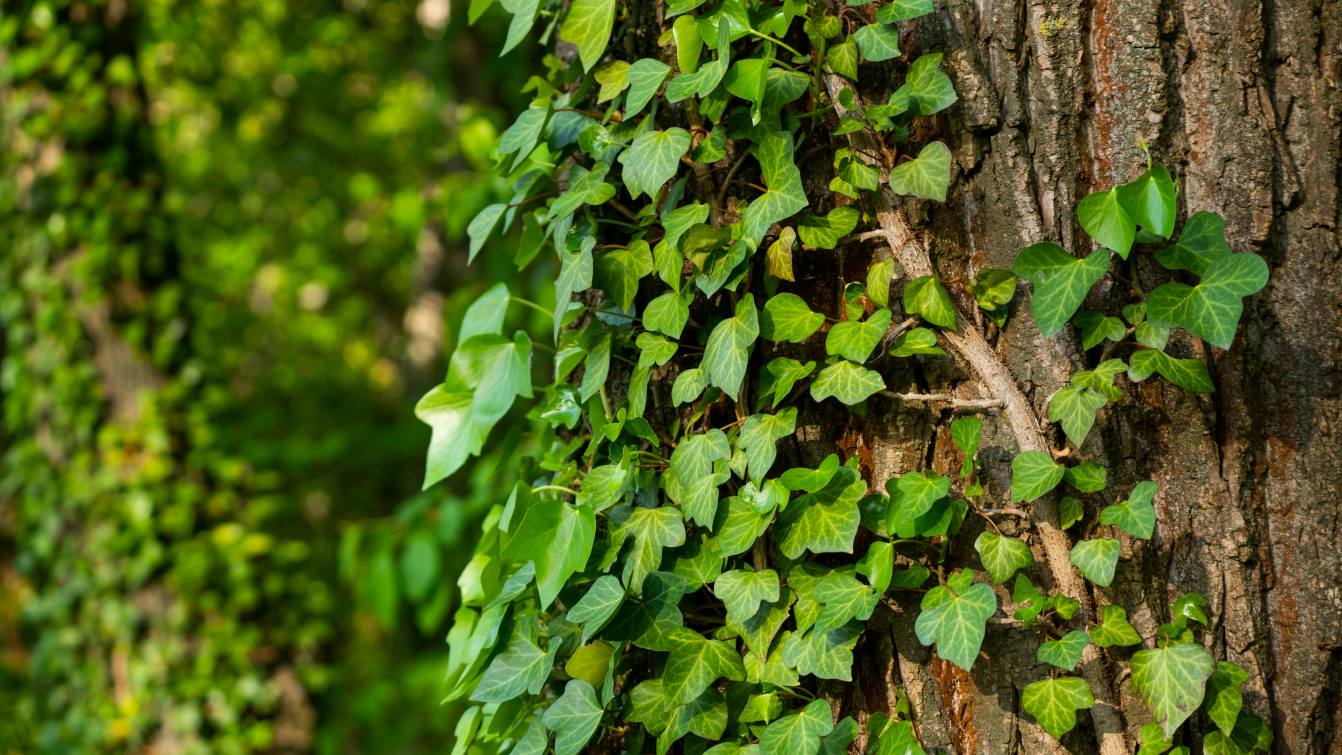
Autumn crocus
This goblet-like flower is as toxic as it is pretty. The autumn crocus is poisonous to both cats and dogs – particularly the bulb, flowers, and seeds. Unfortunately, the symptoms of autumn crocus ingestion might take days to appear and can range from gastrointestinal bleeding to seizures.
Please take your cat or dog straight to a vet as quickly as possible if you think they’ve eaten any part of an autumn crocus plant!

Rhododendron
Rhododendron plants may be gorgeous to look at, though their leaves, flowers, and nectar are extremely toxic to pets. Symptoms of rhododendron poisoning could include stomach upset, paralysis (inability to move), and an abnormal heartbeat.

Holly
The bright red berries and spiky green leaves of a holly plant are synonymous with the festive season. Sadly, however, the leaves, berries, and seeds of a holly plant can cause stomach problems, dizziness, and low blood pressure in pets if eaten.
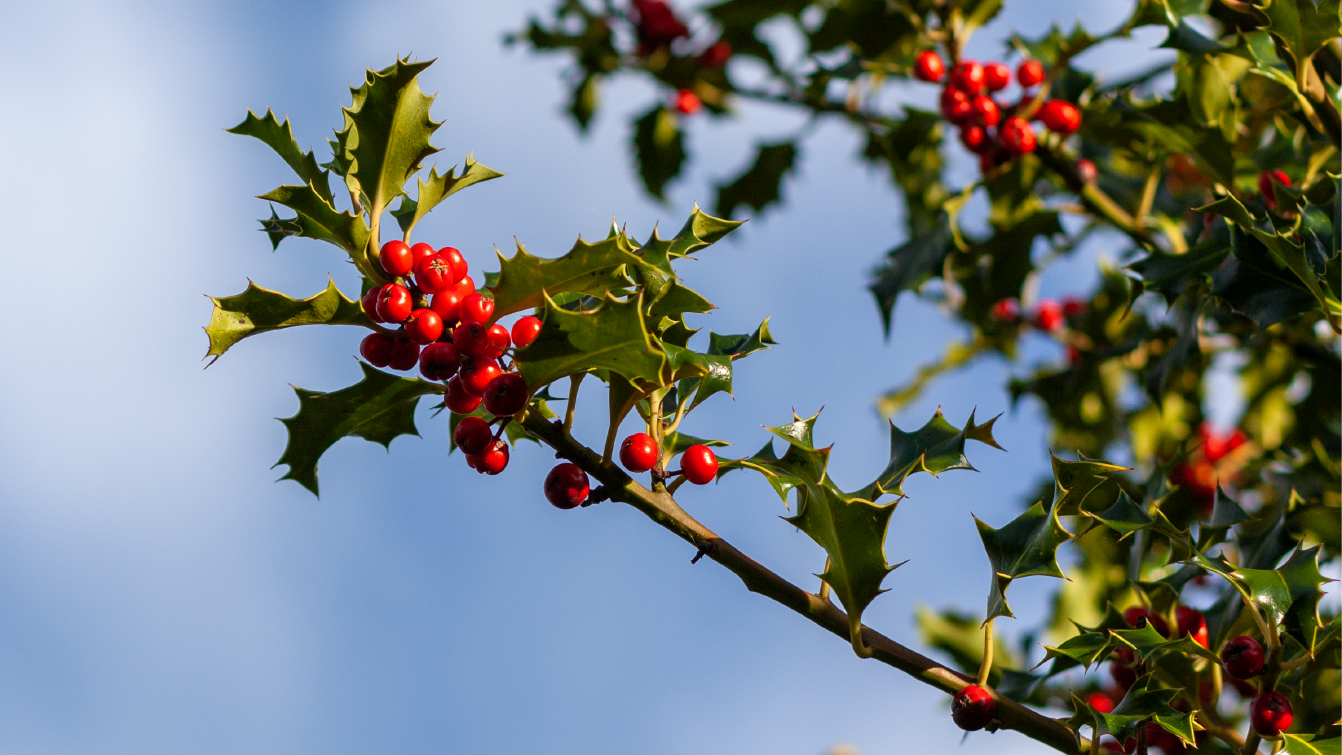
Mistletoe
Mistletoe is associated with winter festivities, such as Christmas – yet it needs to be kept well away from pets. If a cat or dog were to eat any part of the mistletoe plant, they’re at risk of suffering from toxic ingestion and breathing difficulties.

Poinsettia
These vivid red plants are originally from Mexico and tend to bloom during the wintertime. Although they look impressive, it’s essential poinsettias are out of reach of curious paws, since these brightly coloured plants are poisonous to cats and dogs.
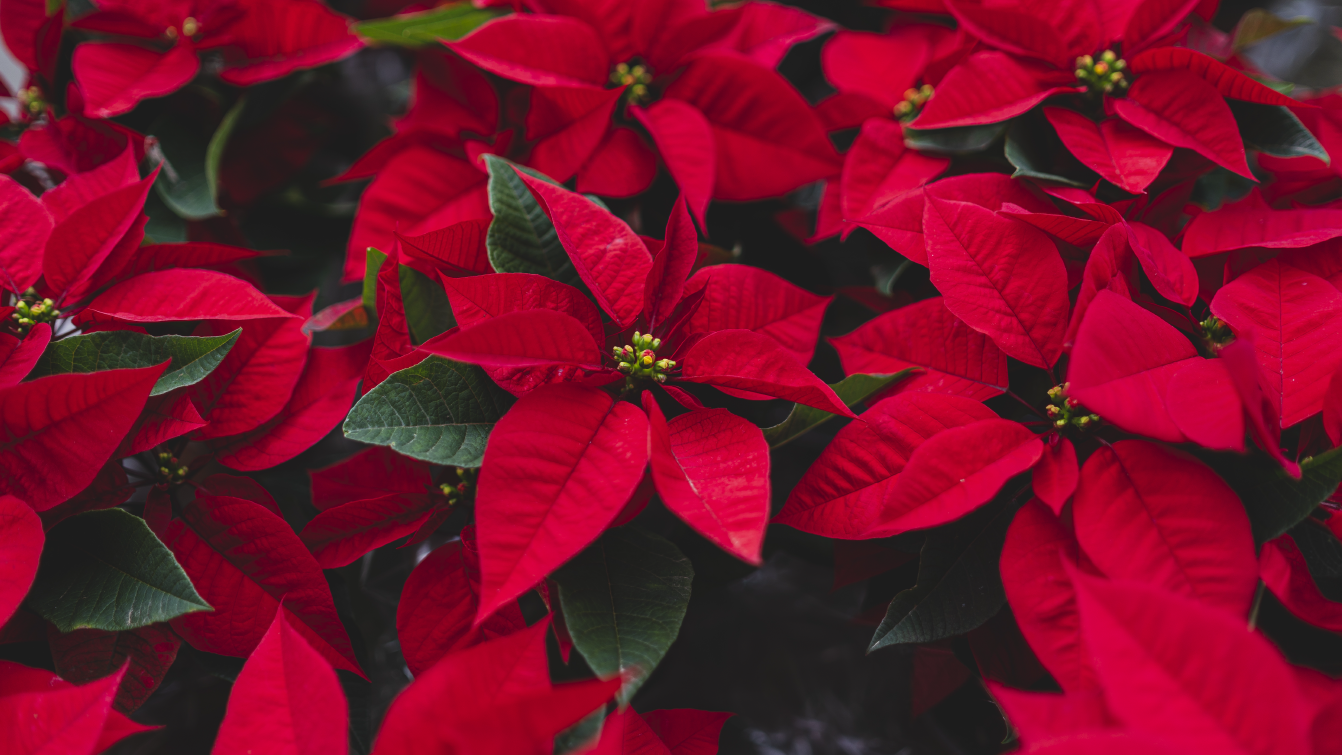
Hyacinth
They may look delicate and add a splash of colour to homes and gardens, though hyacinth bulbs are incredibly toxic to cats. If a cat ingests a hyacinth bulb, they could end up suffering from symptoms such as drooling, vomiting, and diarrhoea.
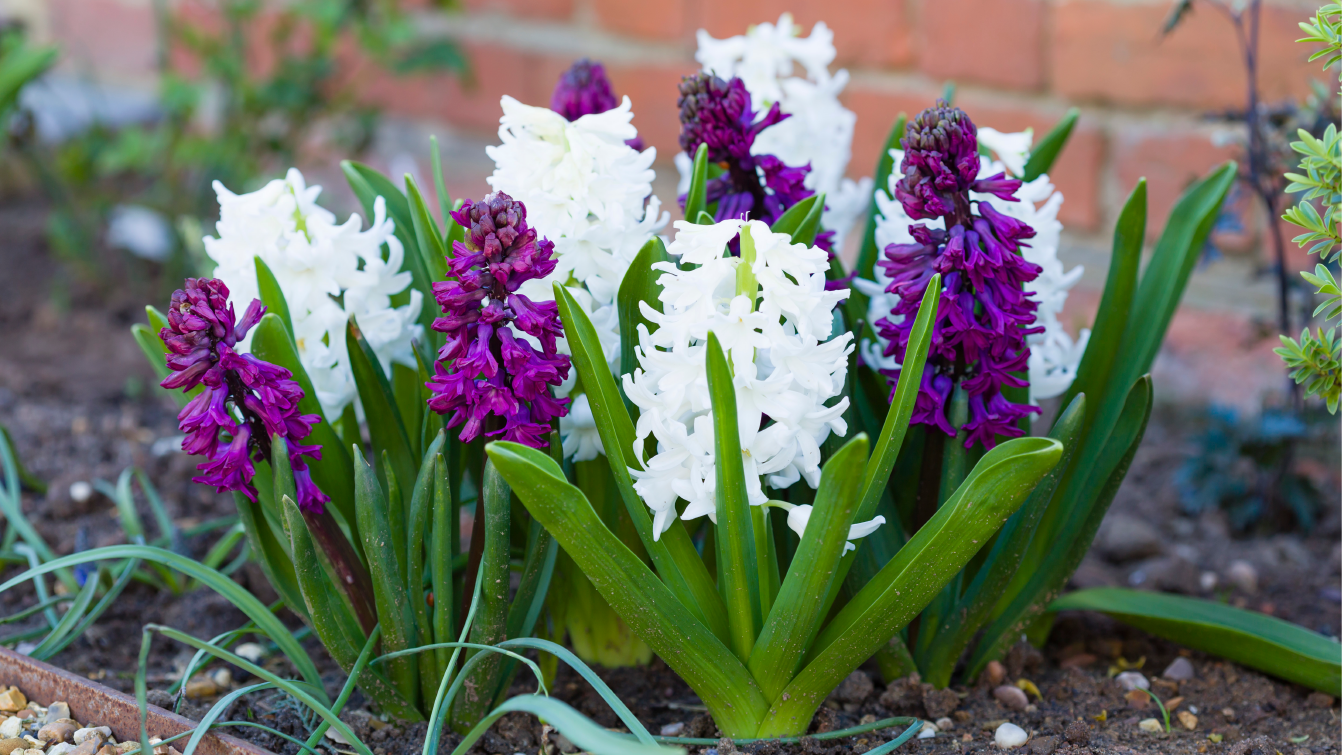
Eucalyptus
Famous for its pleasant scent, the eucalyptus plant has found its way into essential oils, candles, and bath products. However, eucalyptus in its plant form is toxic to cats. While eucalyptus is particularly poisonous to cats if eaten, they may also experience an allergic reaction if it comes into contact with their skin.
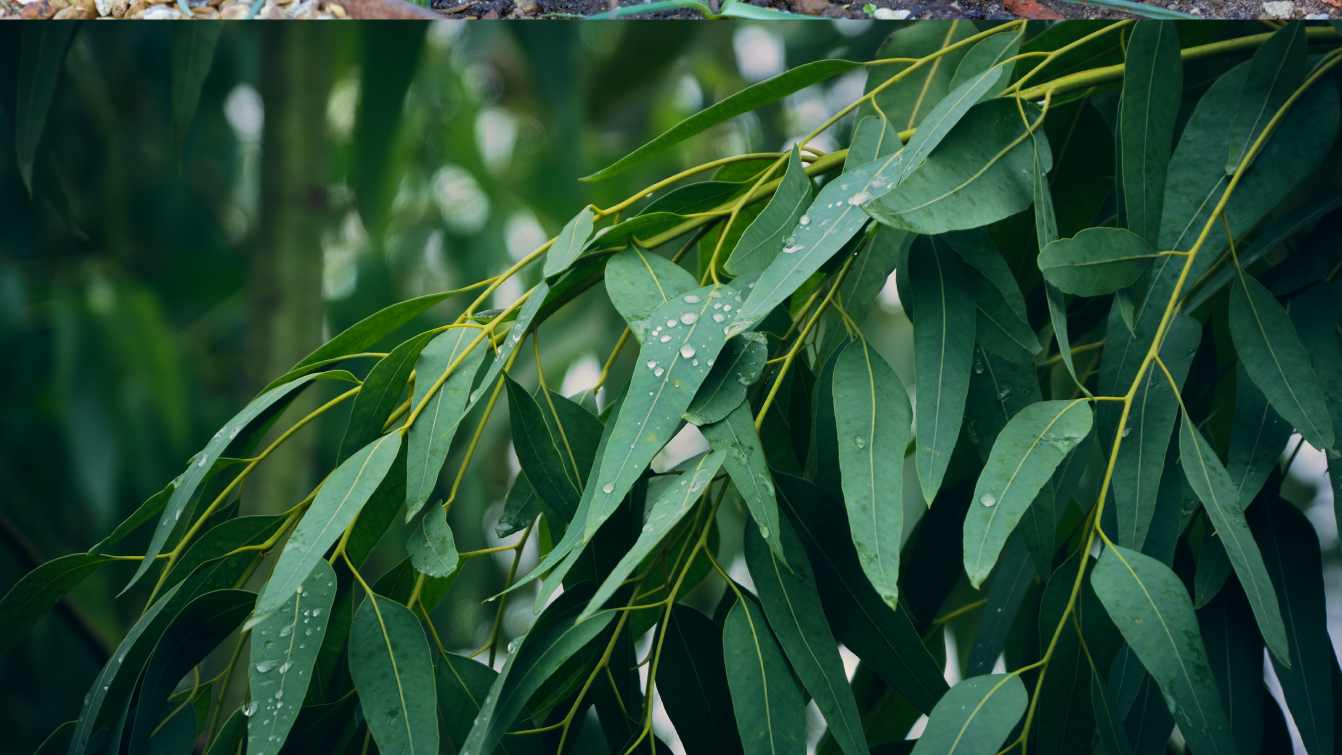
Pine trees
Often brought into our homes in the form of a Christmas tree, pine trees are actually toxic to cats. If ingested, pine needles may cause stomach problems for our feline friends. Additionally, pine needles could become a choking hazard for pets.
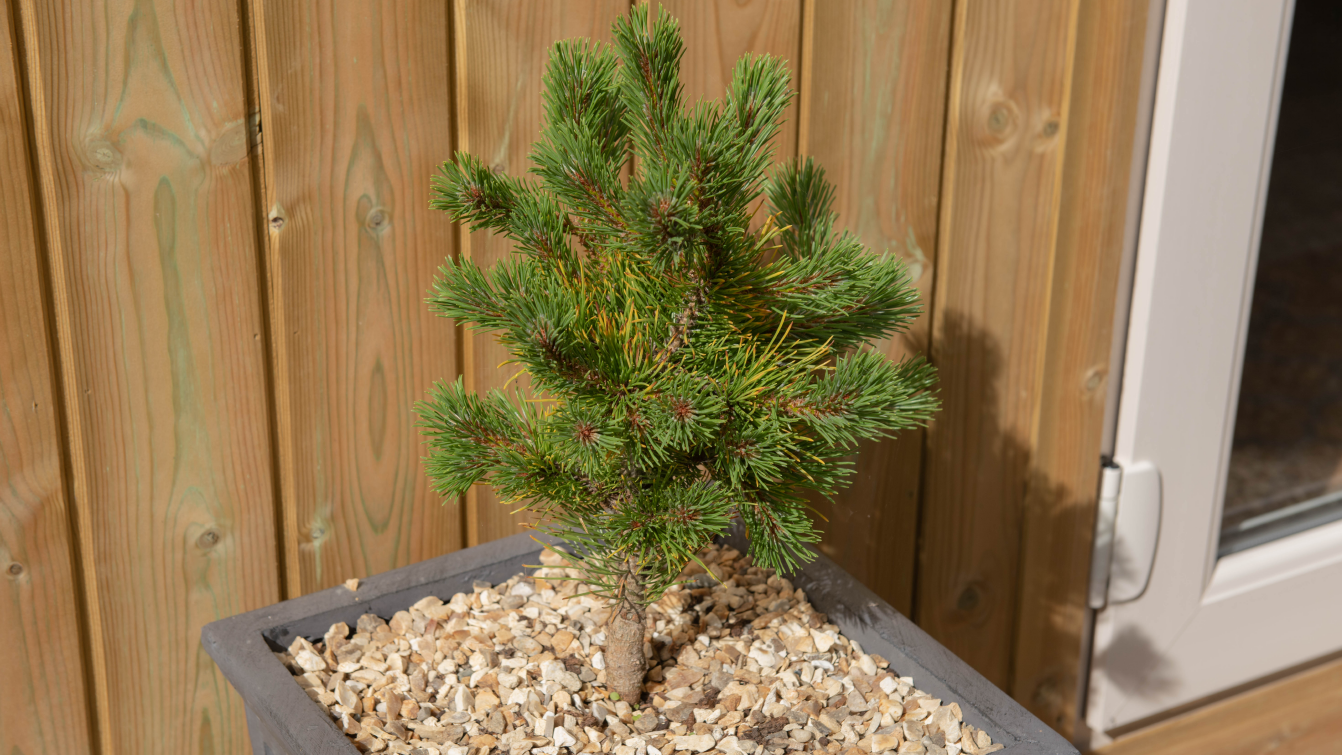
Yew trees
Yew trees are evergreen, meaning you’re likely to see them all year ‘round. Due to being part of the ‘Taxaceae’ family of plants, all parts of the yew tree are poisonous to cats, dogs, and people. Unfortunately, the yew plant is still toxic to pets when it’s been dried, e.g. as part of a wreath decoration.
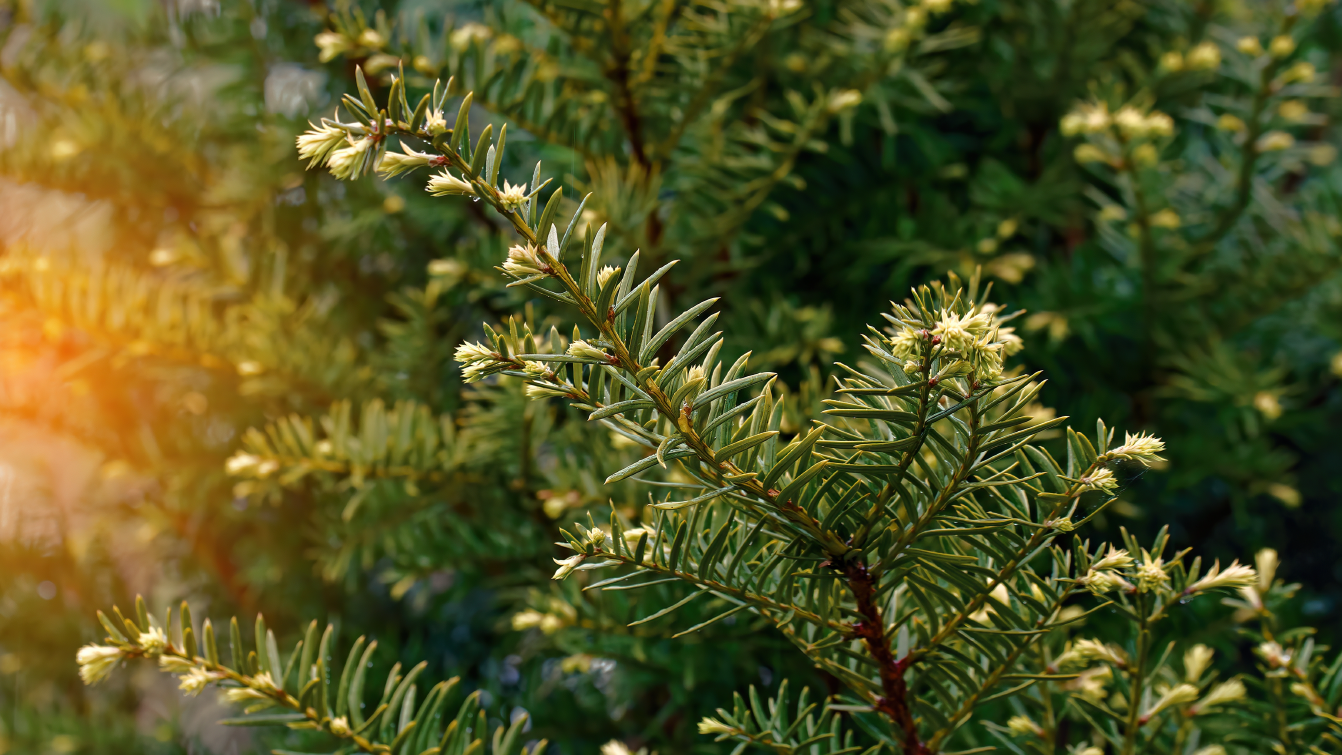
What to do if your cat interacts with a poisonous plant
If you notice your cat eating, licking, or brushing past a plant that’s potentially poisonous to them, you’ll need to contact a vet for advice as soon as you can.
It’s worth noting that you may need to take a sample of the plant with you when your cat goes to the vet. Should you have to carry a piece of the toxic plant with you, place it in a sealed bag and keep it out of your cat’s reach at all times.
Do not attempt to force your cat to vomit if you’re concerned they’ve swallowed a toxic plant. Please contact a vet for advice straight away, and try to not to panic, because staying calm should help your cat to stay calm.
In some cases, the symptoms of ingesting or interacting with a toxic plant could take days to appear. So, it’s crucial to call a vet should you see any of the following signs that something may be wrong with your cat…
Signs of toxic ingestion in cats due to eating part of a toxic plant
- Drooling.
- Diarrhoea.
- Vomiting.
- Pale gums.
- Lack of energy.
- Refusing to eat.
- Drinking and/or peeing more than usual.
- Twitching or trembling.
- Breathing difficulties.
- Seizures.
Signs of skin irritation in cats due to contact with a toxic plant
- Red, inflamed, itchy skin.
- Ulcers.
- Overgrooming.
- Hair loss.
- Swelling of the lips, tongue, or gums.
For inspiration as to the types of plants that are safe for cats, check out our article about attracting wildlife to your garden safely as a pet owner!
To access further advice about keeping your cat safe from poisonous plants, you can speak to vet experts at any time, from anywhere, through the Joii Pet Care app.
Read our cat blog!
If you found this article useful, why not visit our cat blog for more news, insight and opinion pieces?
Need cat insurance?
Cat insurance can help cover the cost of veterinary treatment if your cat gets injured or falls ill.
We know pets
Our pets are part of the family. To achieve our vision of a better future for pets everywhere, we work with our partners, vets, and other veterinary professionals who are pioneering the latest advancements in animal care. Our campaigns, articles, and events are crafted to support, educate, and celebrate pet owners, while our policies are designed to provide peace of mind at an affordable price.
Yet our policies don’t just protect against the unexpected – they have purpose, too.
Since we were founded over 25 years ago, we've provided industry-leading policies that protect the nation’s pets, while also making a difference to animal welfare and our planet. Thanks to you, our policyholders, we've donated over £9 million to more than 830 animal welfare charities and conservancies, helping to support vulnerable pets and wildlife around the world.
We’re proud to be wildly different. Are you?
